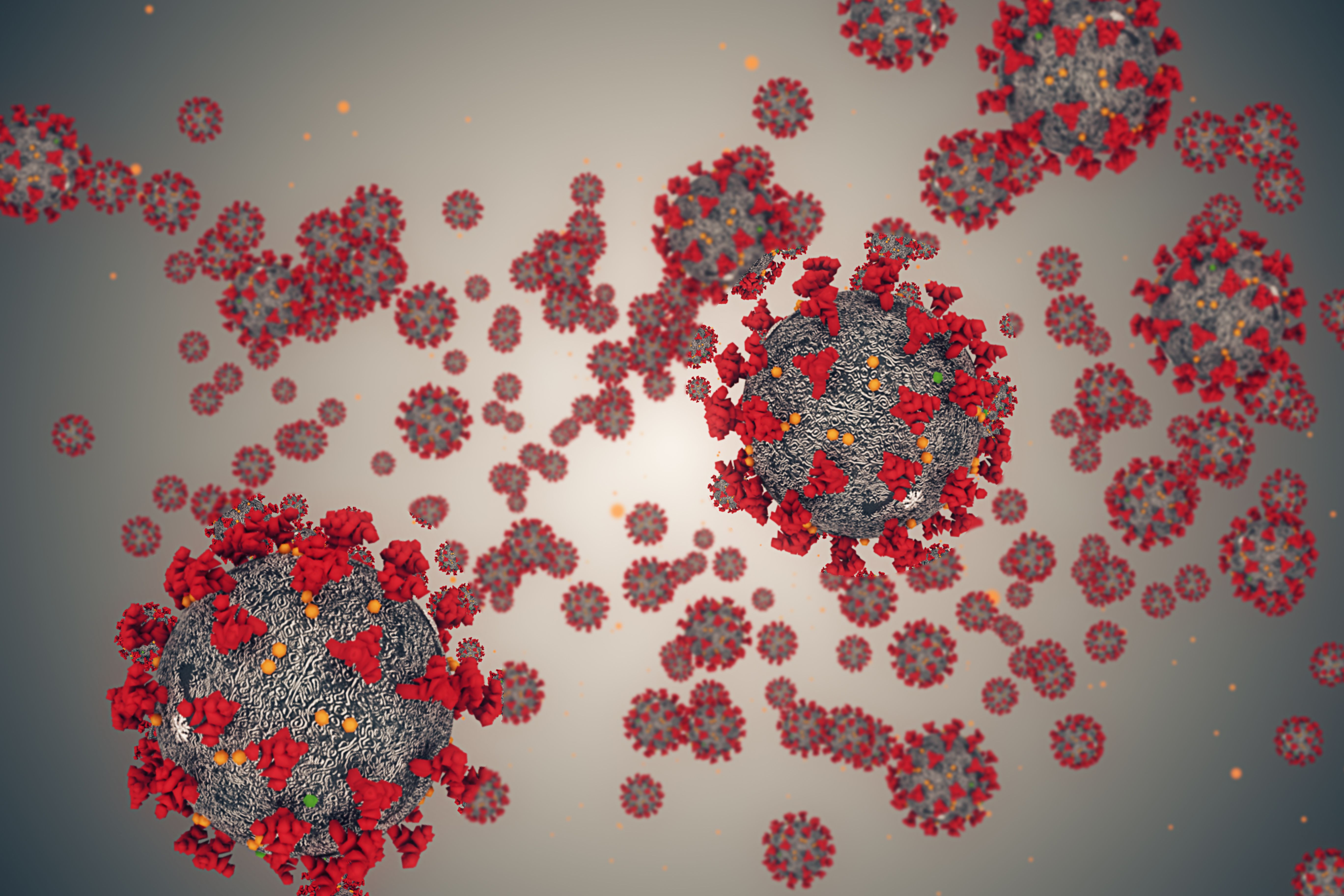News
Article
Disappearance of B/Yamagata Strain Influences Flu Vaccine, Public Health Decisions
Author(s):
Key Takeaways
- WHO recommends excluding B/Yamagata antigens from future vaccines, shifting to trivalent or modified quadrivalent formulations.
- B/Yamagata has not been detected since April 2020, raising questions about its potential extinction and impact on disease burden.
The disappearance could impact updates for surveillance strategies and vaccine development.
In September 2023, the World Health Organization recommended the exclusion of B/Yamagata antigens in future influenza vaccines, marking a shift to trivalent or modified quadrivalent vaccines. In a perspective published by Euro Surveillance, the authors discuss the implications that the disappearance of the B/Yamagata lineage could have on the development of global influenza epidemiology and what updates may need to be made for surveillance strategies and practices, laboratory safety protocols, and influenza vaccine formulation.1
Influenza B, B/Yamagata, Vaccine Development, Public Health, Flu | Image Credit: © donfiore | stock.adobe.com

During the COVID-19 pandemic, the implementation of non-pharmaceutical interventions, including social distancing and stay-at-home mandates, reduced the transmission of respiratory viruses, including influenza. After the relaxation of those measures, flu transmission across subtypes returned to pre-pandemic rates, except for B/Yamagata. According to a rapid communication in the same publication from 2022, there has not been a conclusively detected B/Yamagata strain since April 2020. The authors of the communication used data from the FluNet and SARS-COV-2 databases from January 1, 2017, to the end of August 2022. They found a decrease in influenza activity following the emergence of COVID-19, but activity began to increase from Autumn 2021 onward. However, in 2020, there were 119 cased of B/Yamagata, decreasing to 0 across 2021 and 2022.1,2
Even though there are no significant differences in clinical presentation or disease severity between B/Yamagata and B/Victoria, the 2 influenza B linages, the study authors noted that B/Yamagata tends to have a slower antigenic drift and less frequent amino acid changes, resulting in reduced immune escape and a more stable immune response. As of now, it is unclear whether the absence of B/Yamagata will reduce the disease burden of infection.1
Another element the authors discuss was caution around declaring B/Yamagata as extinct in the wild. Currently, the only globally eradicated viruses include variola virus (causing smallpox) and rinderpest virus (known as cattle plague), and the extinction of influenzas B viruses was never seen as a realistic objective prior to the COVID-19 pandemic. The study authors also added that it is plausible that B/Yamagata could re-emerge at some point just like A(H1N1) did approximately 20 years after it had seemingly been displaced.1
WHO advised that B/Yamagata be excluded in the composition of vaccines for the 2024 southern hemisphere and 2024 to 2025 northern hemisphere seasons, stating that it should be excluded as soon as possible to prevent the reintroduction of the virus into society, assuming it is no longer circulating. Further, the authors said that most, if not all, virologically confirmed B/Yamagata detection between 2020 and 2023 were caused by attenuated virus in live-attenuated influenza vaccines. In an analysis published in The Lancet Microbe, reports of B/Yamagata since March 2020 were mostly vaccine-derived, attributed to data entry errors, or have yet to be confirmed as B/Yamagata.1,3
The authors note that communication from governments, health authorities, and health care professionals who administer vaccines is necessary if the protocol needs to be changed again due to the epidemiological landscape. They said that these groups should communicate these concepts to the public in order to maintain trust and prevent misconceptions about influenza vaccines.1






